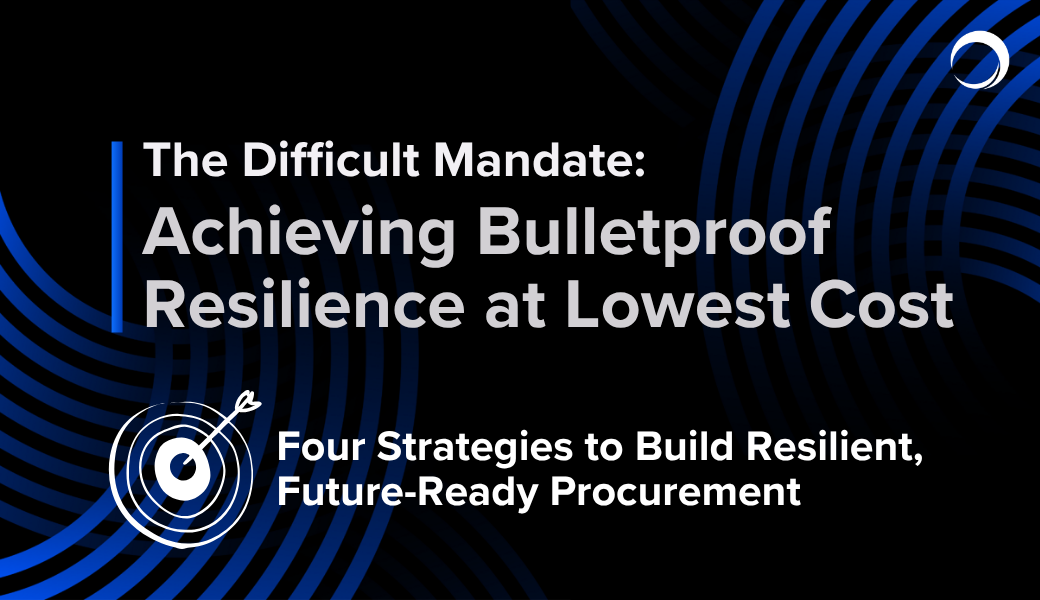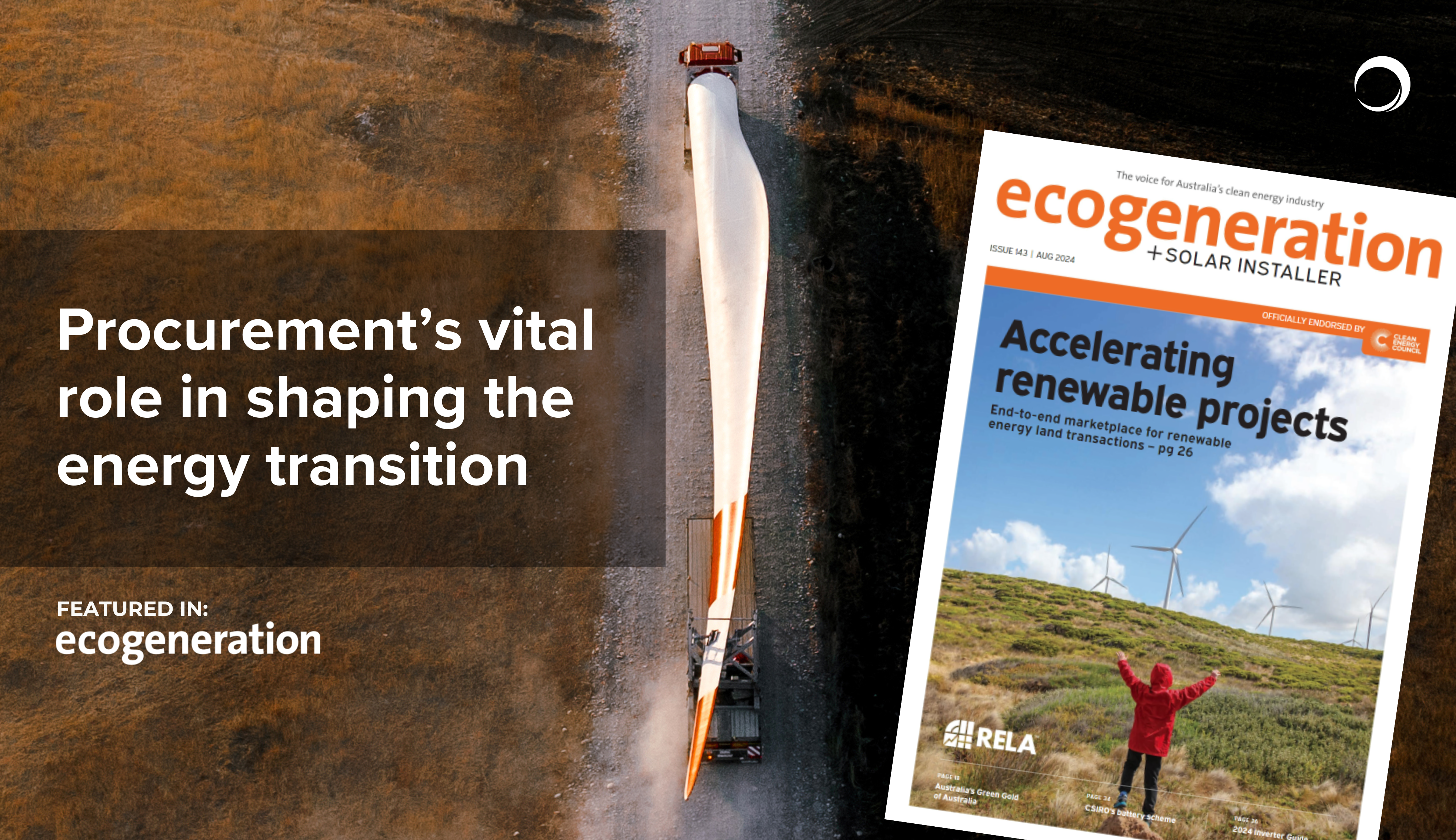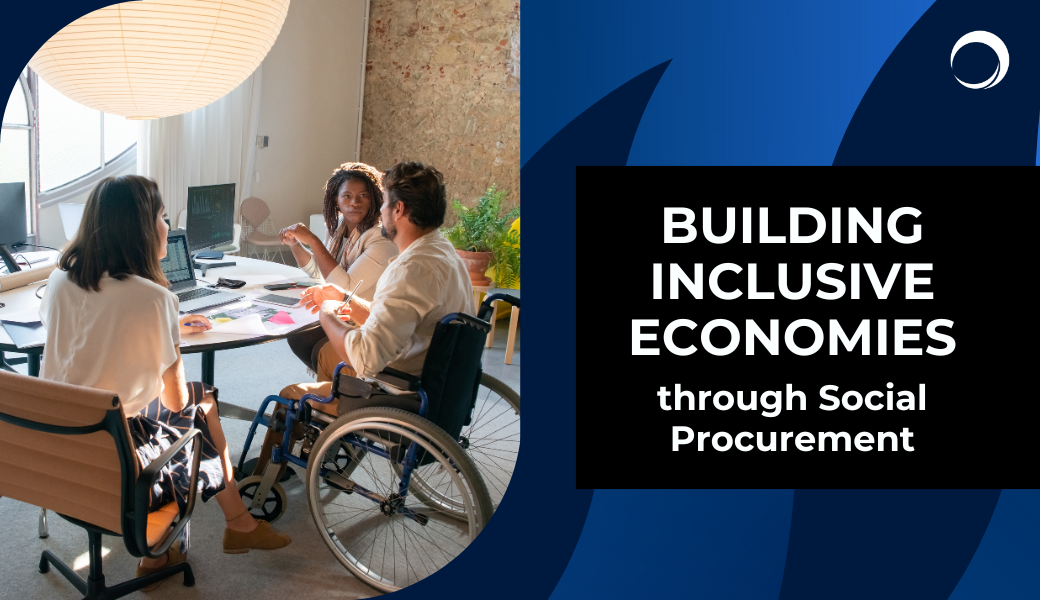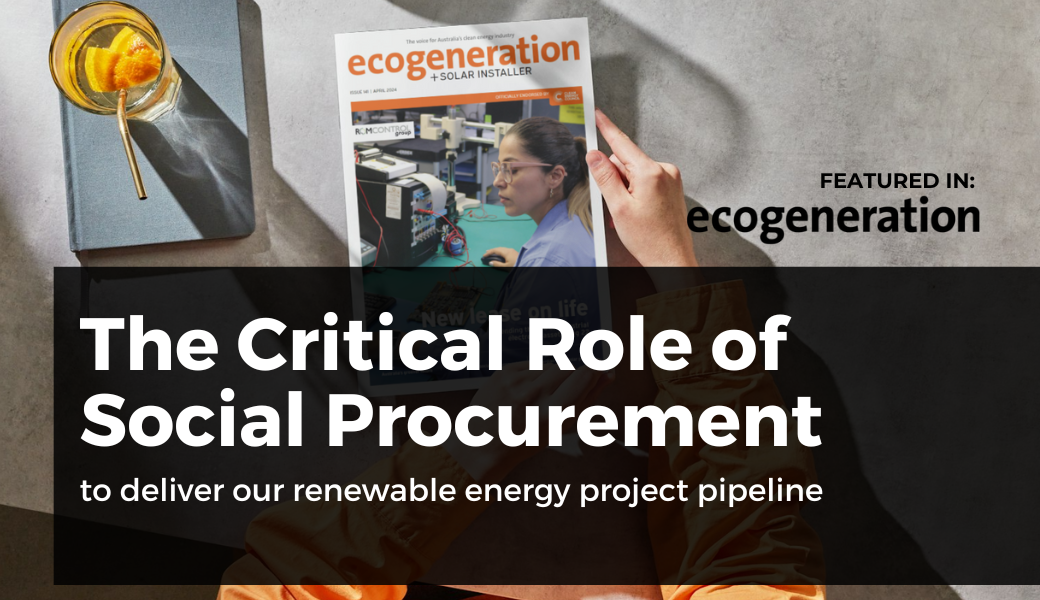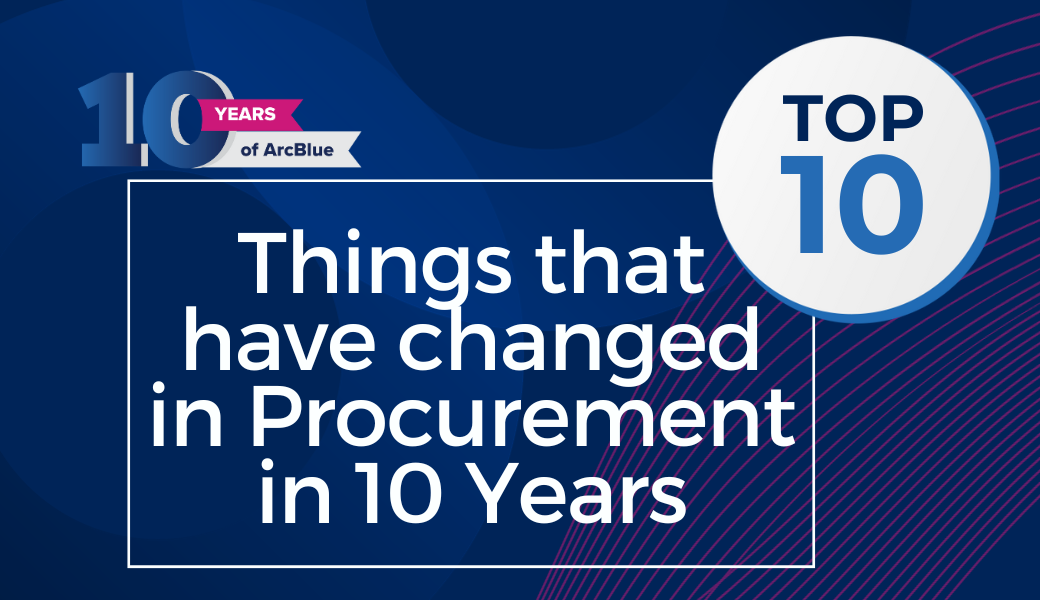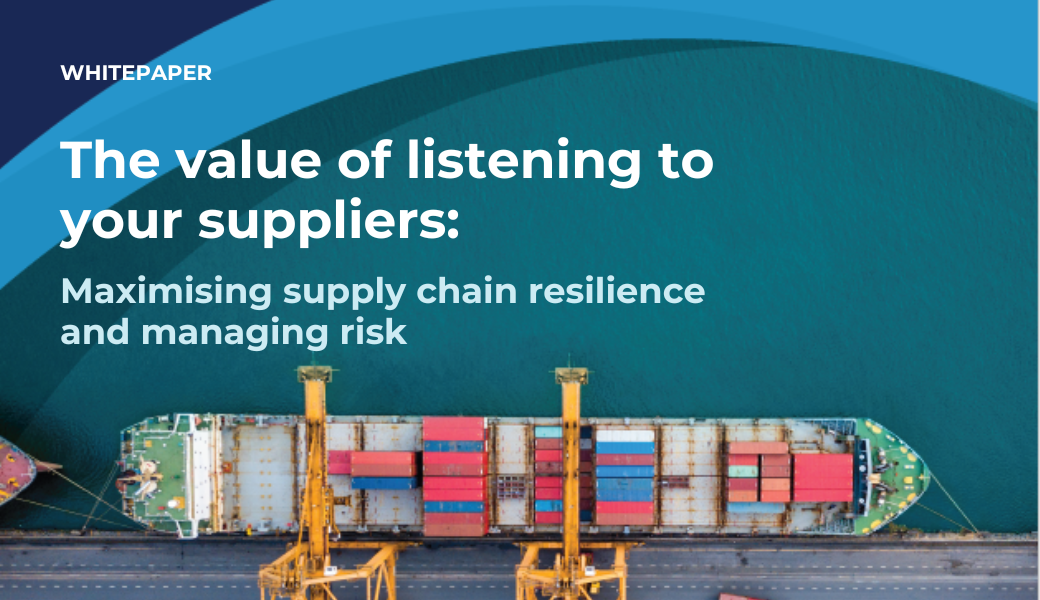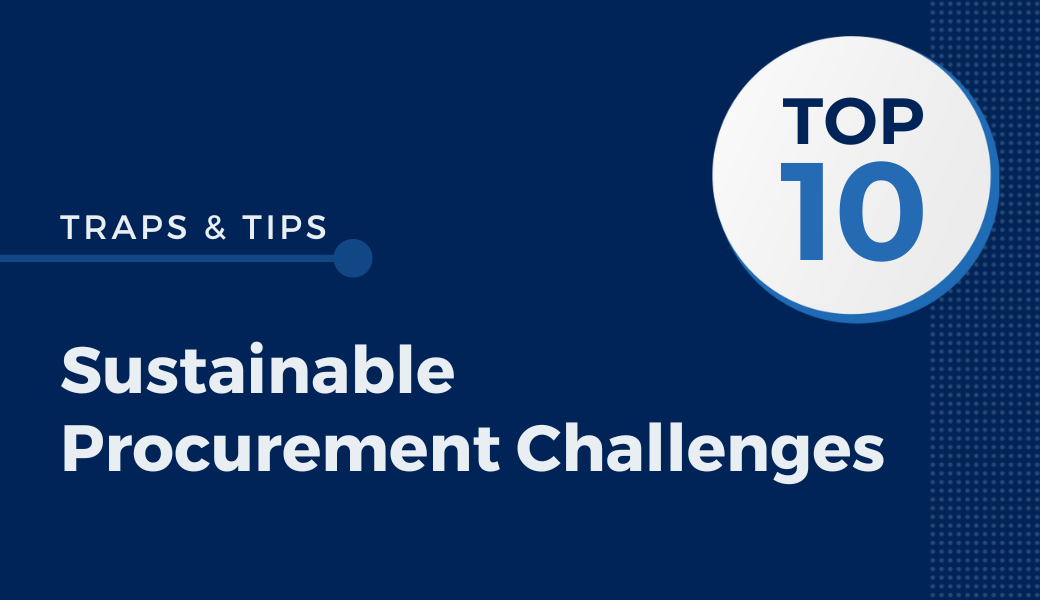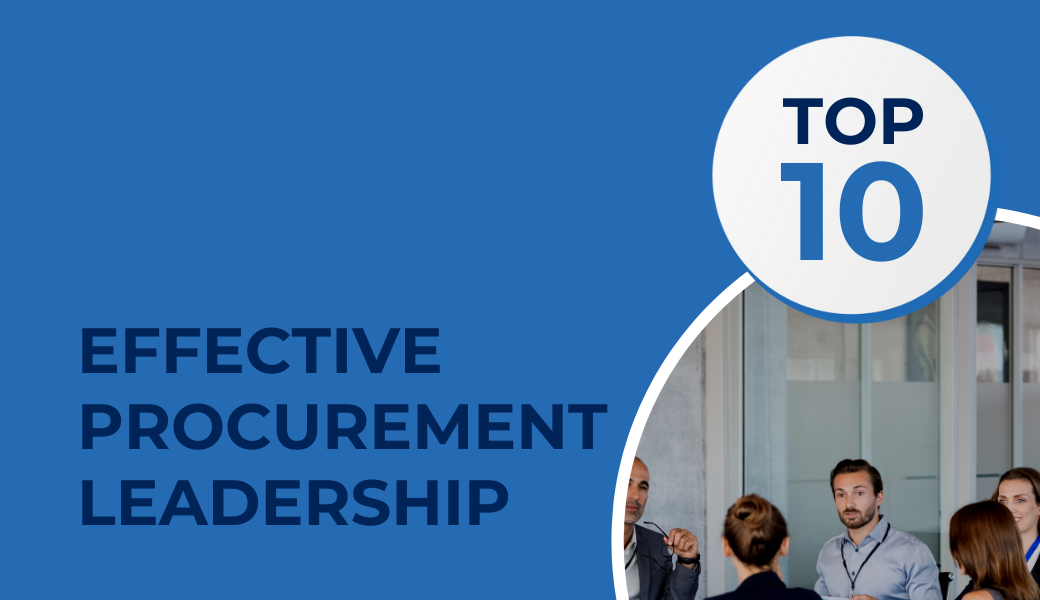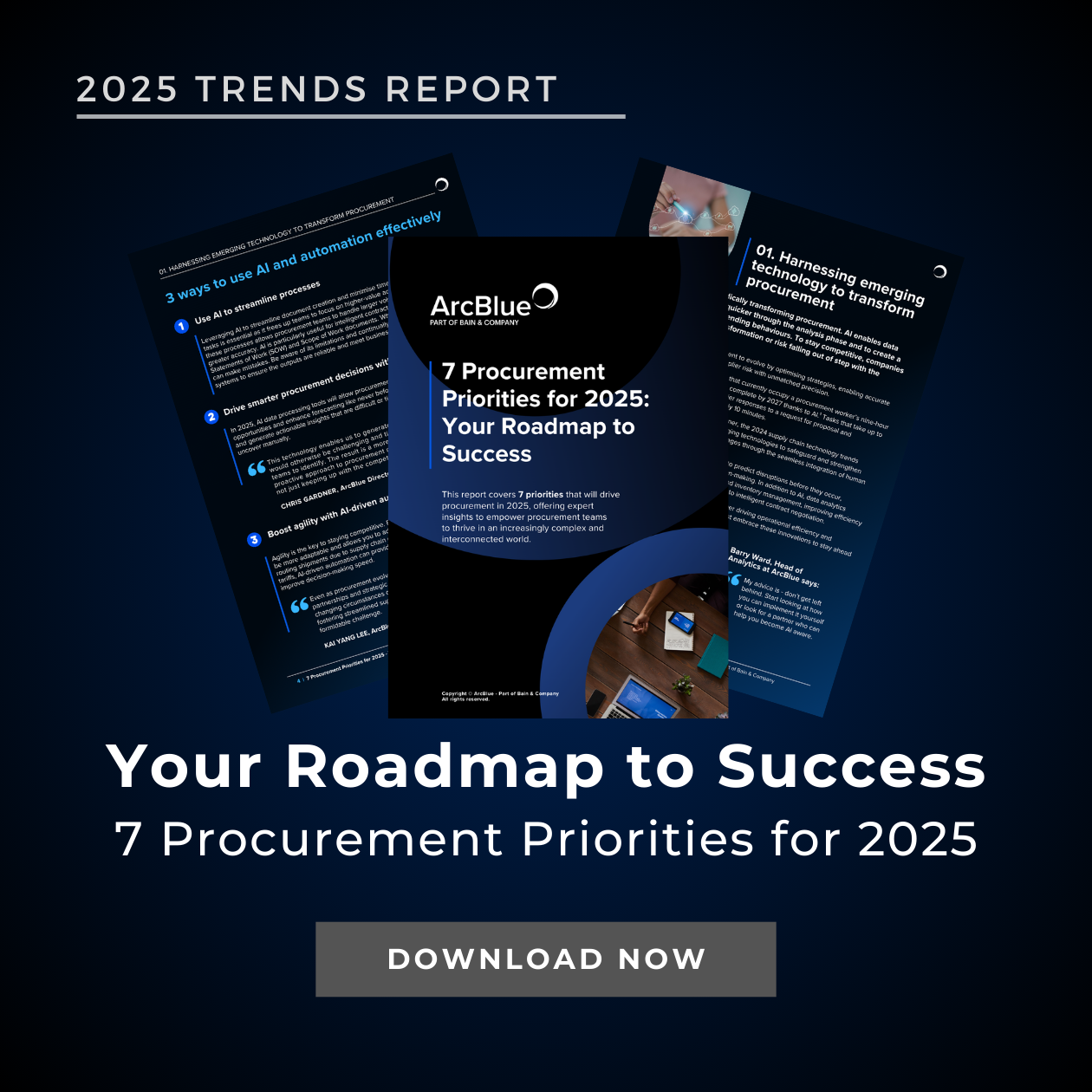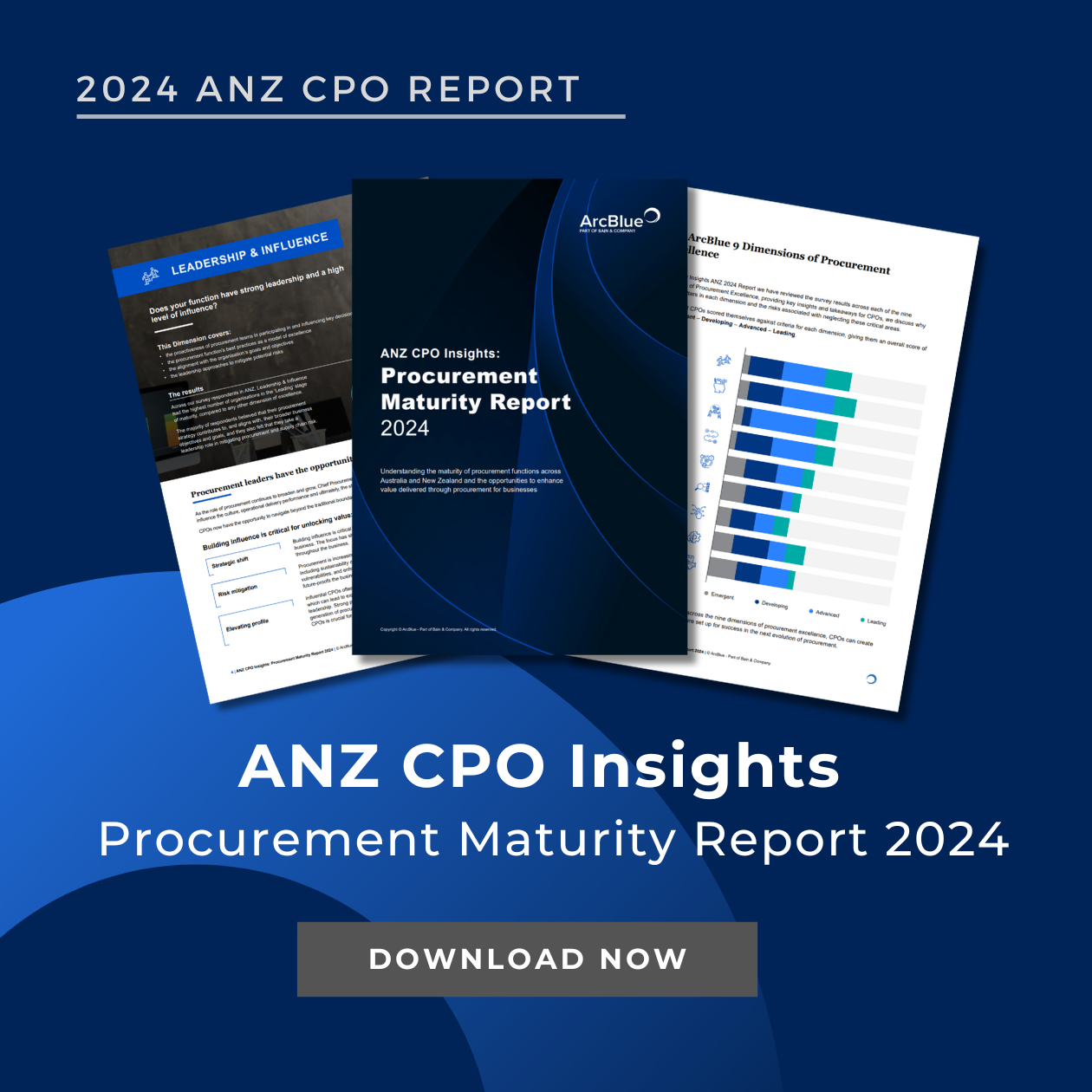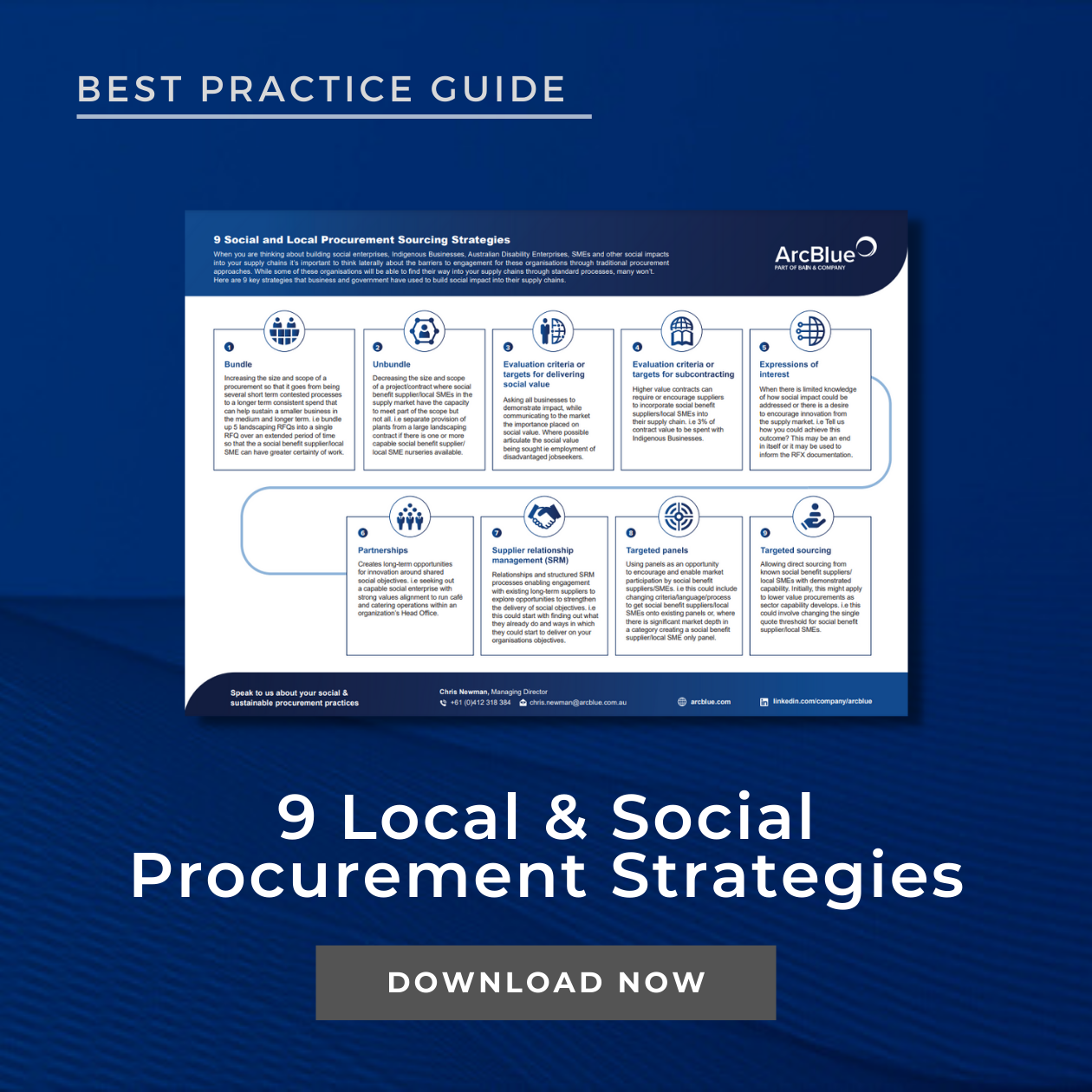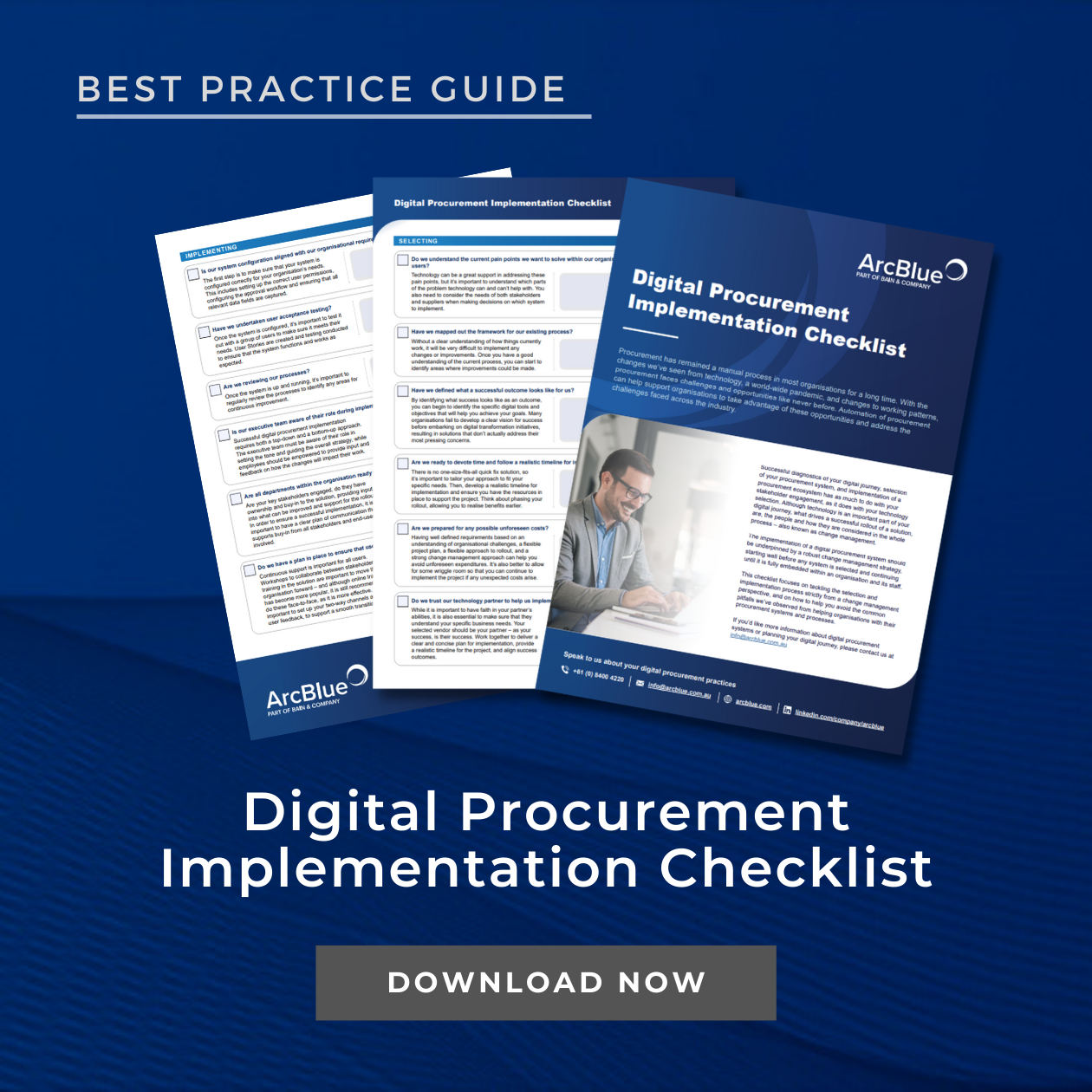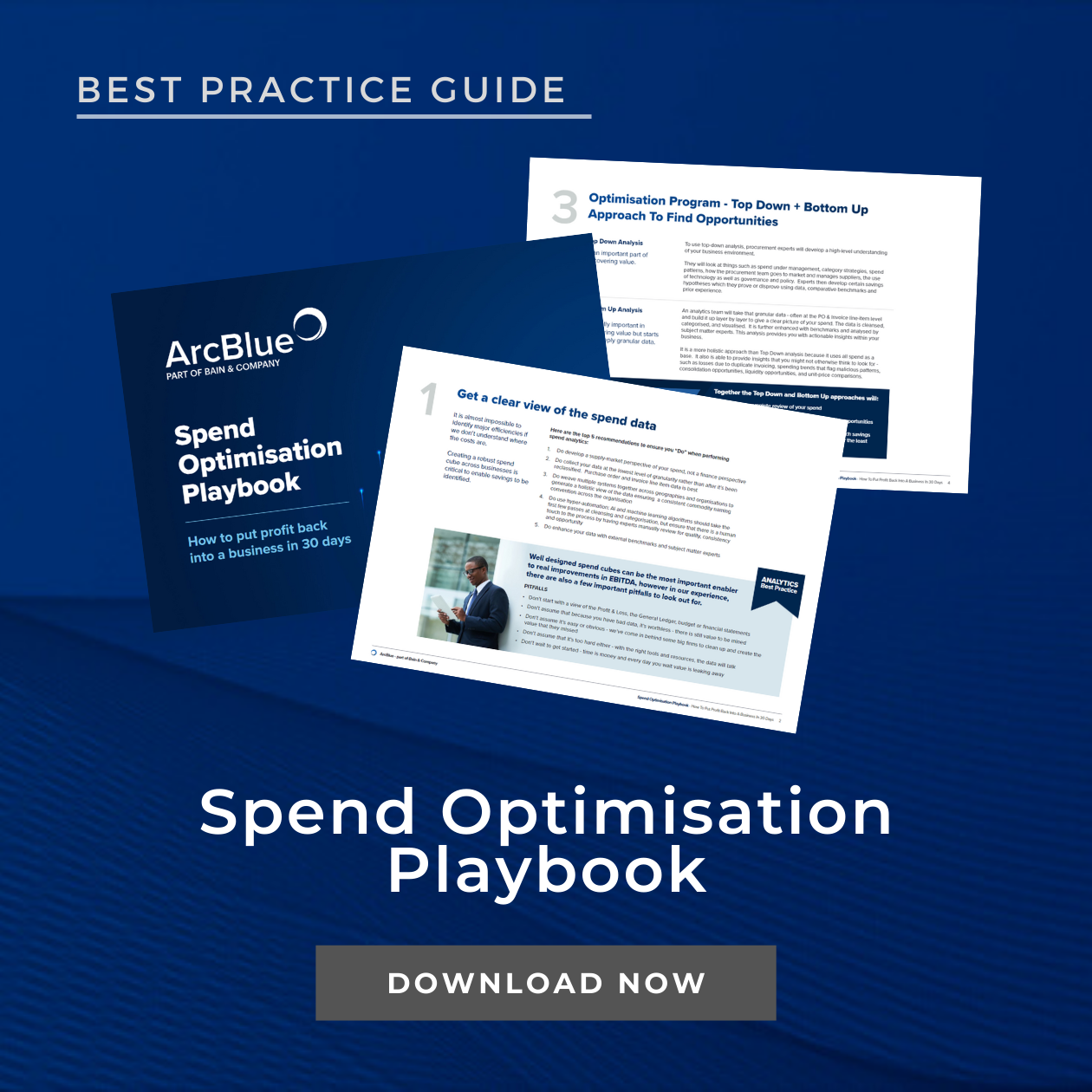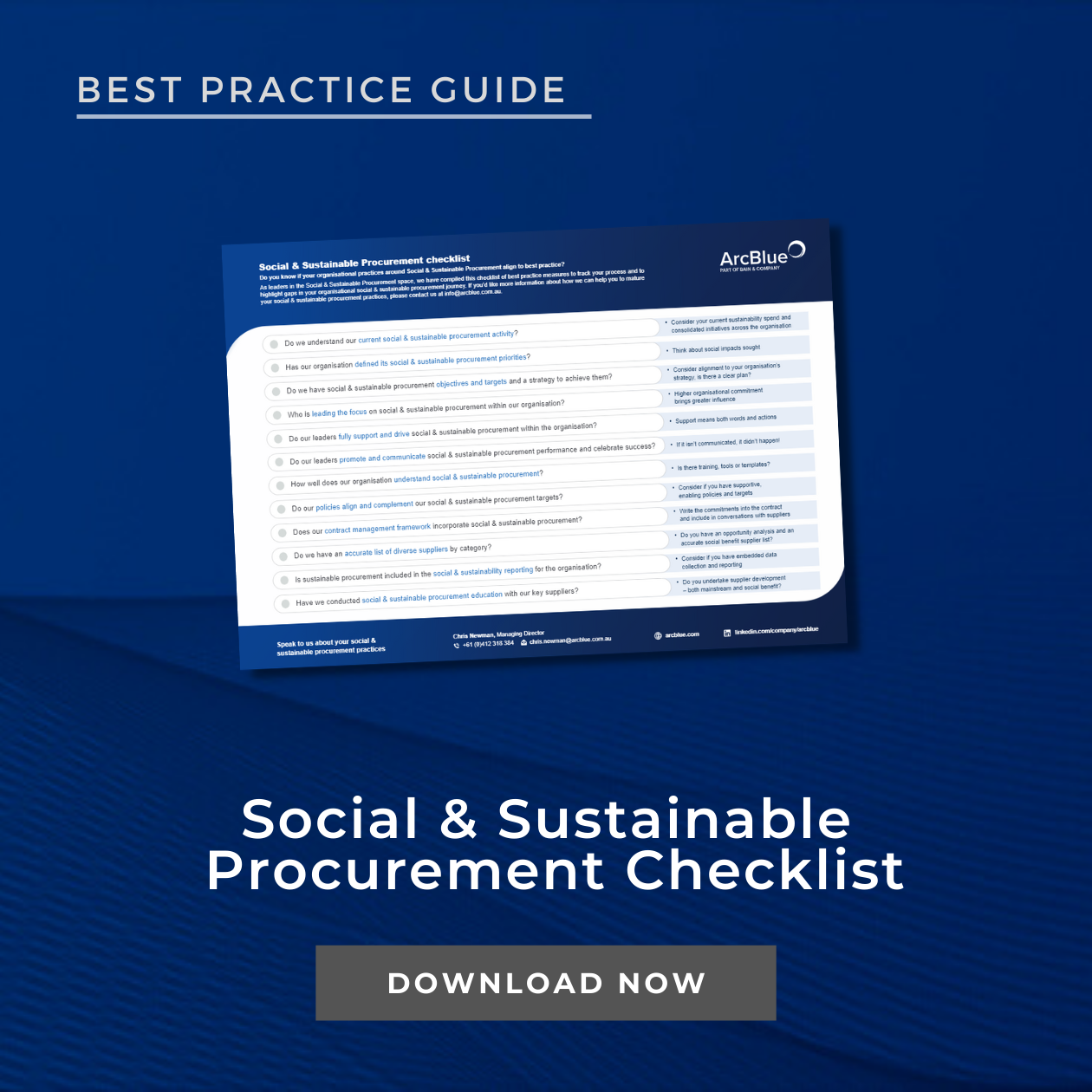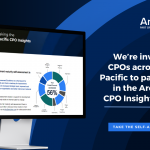- THOUGHT LEADERSHIP – ARTICLE
AI in Procurement
The Human Touch in a World of Algorithms
December 2024

PICTURE THIS: I recently went onto a company’s website to ask a simple question about an upcoming delivery. The chat window opened, and I was greeted by “Lisa,” a seemingly friendly representative ready to help. After a few rounds of misinterpretation and responses that went in circles, it dawned on me – I was talking to a machine. Lisa wasn’t a person, she was a bot, giving me déjà vu experience when I restarted the conversation and met “Lisa” once again stuck in a loop with the same frustrating pattern. Exasperated, I eventually gave up and called customer support, finally finding relief in speaking to a real human who understood my query and helped immediately.
While amusing and in hindsight I can now chuckle at the bot’s insistence on repeating its useless script, this encounter highlighted an important point: AI has immense potential to streamline and support tasks, particularly in functions like procurement, however, the journey from quirky chatbots to genuine innovation is in its infancy and ongoing. For procurement professionals, my experience with “Lisa” serves as a reminder that while AI can be incredibly powerful, there’s an undeniable need to balance AI-driven automation with human oversight to achieve real effectiveness.
As someone who recently completed a procurement AI project for a multi-billion-dollar global business aimed at automating ~80% of their procurement processes in line with organisational goals and policies, I’ve seen firsthand both the promise and limitations of AI in this field. While the project showed how transformative AI can be, it also proved that we humans will still be essential for oversight, ensuring these systems evolve responsibly and ethically.
It’s this delicate balance that we’ll explore in this opinion piece, as we dive into AI’s current impact on procurement, potential future directions, and the strategic opportunities that can transform procurement practices.
The Current Landscape: From Cumbersome to Agile
In my conversations with procurement leaders across industries, I’ve noticed a common trend: Change Management – traditionally viewed as a significant challenge – has become much simpler with the introduction of AI. Procurement transformations often struggle because they require people to adopt new processes and systems, which can be met with resistance. However, AI is easing this process by automating repetitive tasks, and empowering procurement teams to shift their focus from operational bottlenecks to strategic initiatives, making technology adoption not just painless, but exciting.
However, AI’s impact goes far beyond mere automation. It’s fundamentally reshaping how procurement professionals’ access, analyse, and act on information.
I recall a conversation with one of my clients a while back who laughed as she told me, “We’ve never suffered from a lack of data in procurement. Our problem was always making sense of it all!”
The integration of AI into procurement processes is finally addressing this issue, allowing companies to move from reactive decision-making to a more proactive, insights-driven approach. AI is revolutionising procurement, transforming what was once a cumbersome, manual function into an agile, data-driven powerhouse.
1. AI-Driven Data Transformation: From Unstructured to Actionable Insights
Over the years working in procurement, I’ve yet to encounter an organisation that uses a single, unified data system. Instead, companies typically depend on multiple, often fragmented data sources and systems, resulting in information silos that hinder strategic decision-making. To address this, AI has emerged as a transformative solution, enabling the cleansing, organising, and unifying of data from diverse sources.
Internally, AI tools are making significant strides. They’re aggregating and making sense of unstructured data from a myriad of sources – ERP systems, contracts, emails, and even the tacit knowledge held by employees. What was once a jumble of fragmented and inaccessible data is now being transformed into structured, easily accessible insights. This transformation is allowing procurement teams to make decisions based on a comprehensive view of their internal landscape.
However, while internal data integration has matured, harnessing external data remains a work in progress – but it’s where the real excitement lies!
For procurement, this means moving beyond simply reacting to changes; it’s about accessing a 360-degree view of both internal and external factors that influence decision-making.
2. Strategic Applications of AI: Optimising Categories and Negotiations
As AI enhances its ability to analyse unstructured data and convert it into structured insights, procurement teams are now better positioned to drive strategic initiatives in Category management and negotiations. With the help of spend analytics and by analysing historical purchasing patterns, supplier performance, and external market trends, AI can identify cost-saving opportunities and drive better category strategies, while greatly compressing the analysis-to-decision timeline.
Take the example of guided buying solutions, which are transforming how category management insights translate into user-friendly experiences.
Perhaps one of the most exciting developments I’ve observed is how AI is making procurement processes accessible even to non-experts by automating workflows and offering intuitive screens and dashboards that guide users through each step. For instance, a Marketing Manager looking to source promotional materials can quickly access pre-vetted suppliers, pricing estimates, and delivery timelines on a single screen, enabling informed decision-making without deep procurement expertise.
AI has also started playing a significant role in enhancing negotiations. By leveraging insights from past negotiations and supplier data, AI tools are providing procurement professionals with strategic guidance on pricing, supplier terms, and areas of leverage. Some AI-driven negotiation assistants are automating simpler negotiations today, freeing up procurement experts to focus on more complex, high-value discussions.
3. AI-Driven Management: Contract Lifecycle and Compliance Monitoring
The complexities of managing contracts have long been a burden for procurement teams. AI is transforming Contract Lifecycle Management (CLM) by streamlining contract creation, execution, and compliance monitoring. By utilising advanced natural language processing (NLP), AI tools can efficiently analyse contracts, flagging non-standard clauses, fraud and compliance risks, and potential value leakage. This is not only accelerating the contract review process but also ensures that organisations maintain compliance with legal and regulatory requirements.
A significant impact of adopting AI in CLM is the reduction in administrative overhead and compliance risk. According to industry studies, companies leveraging AI in their CLM processes have reported up to a 30-40% reduction in administrative workload and 25% improvement in compliance management.
AI has made impressive strides in transforming procurement processes – streamlining data management, optimising category strategies, and enhancing contract lifecycle management. Today, organisations are leveraging AI to drive efficiencies once thought unattainable.
However, while we are making great progress, AI’s capabilities are still evolving. As AI continues to advance, it remains essential to have the human-in-the-loop (HIL) to navigate complexities, interpret nuanced insights, and provide ethical oversight. The journey toward fully autonomous procurement processes is ongoing, and until AI reaches that level of sophistication, human intervention will remain indispensable.
This brings us to the next frontier on how AI will evolve to not only support but potentially lead in decision-making, all while retaining the critical balance with human expertise
A Glimpse into The Future of AI in Procurement
As we look beyond the current landscape of AI in procurement, we enter a new era filled with potential. With AI moving from reactive support to proactive, autonomous decision-making, the future promises a transformative shift in how procurement operates. Let’s take a closer look at what’s on the horizon and the emerging trends that will define the future of AI in procurement.
1. From Data to Decisions: AI’s Role in External Market Integration
As covered earlier, AI has begun making strides in processing external data, but the future holds even greater possibilities. Beyond the current ability to synthesise structured and unstructured data, AI’s role is set to evolve from merely supporting decisions to actively shaping them.
In the near future, AI will not only react to changes but will proactively anticipate them. Imagine a procurement system that flags early signals of geopolitical instability, natural disasters, or economic downturns, allowing companies to pivot quickly by recommending alternative sourcing strategies and new suppliers in real-time, ensuring business continuity.
This shift towards predictive insights will enable procurement teams to optimise their strategies dynamically, leveraging AI to capitalise on market opportunities with greater speed and precision, which will be essential in navigating the increasing complexities of global supply chains.
2. From Reactive to Predictive: The Promise of Agentic AI and AGI
As AI’s capabilities mature, procurement is set to move beyond reactive, data-driven decisions towards more autonomous and proactive systems. This evolution is epitomised by the emergence of Agentic AI – a form of AI that can operate with a level of autonomy previously unseen in enterprise applications. While today, agentic AI accounts for less than 1% of enterprise systems, Gartner projects that by 2028, this will grow to over 33%.
What’s more, Artificial General Intelligence (AGI) represents the next frontier in AI development, which could revolutionise procurement by enabling AI systems to operate across various domains with human-like adaptability. Unlike today’s specialised AI, AGI can learn and reason more broadly, potentially allowing it to autonomously manage entire procurement functions, anticipate market changes, and even negotiate supplier contracts independently.
While AGI remains largely theoretical at this stage, its implications are profound and will almost certainly lead to a new AI wave following the current large language model (LLM) era. Procurement leaders must start preparing for the ethical and strategic challenges that come with increasingly autonomous systems. As AI evolves, human oversight will be crucial to ensure that these systems align with organisational values and ethical standards, particularly in high-stakes decisions.
Strategic Opportunities:
Charting the Course for AI-Driven Procurement
Navigating this rapidly evolving landscape requires procurement leaders to adopt a strategic approach to fully harness AI’s potential while maintaining the critical human element. Drawing from my recent experience leading procurement transformations and AI initiatives, it’s clear that successful AI integration depends on focusing efforts in key areas to maximise impact. Here are five recommendations for leveraging AI to its fullest potential:
1. Build Data and AI Literacy Within Teams
To fully capitalise on AI, it’s crucial that procurement teams develop proficiency in data and AI. This means going beyond basic training to instill a deeper understanding of how AI models work, how to interpret data insights, and when to override automated decisions with human judgment. Procurement leaders should invest in continuous learning initiatives to equip teams with the necessary skills. This foundation will ensure that AI-driven insights are applied effectively, empowering teams to make informed decisions rather than passively relying on technology.
The implications for job creation are that organisations will need to either build new automation teams or leverage existing ones, or partner with specialised consulting groups, to achieve this.
2. Foster Cross-Departmental Collaboration
AI in procurement isn’t just a procurement initiative; it involves IT, legal, finance, and other business functions. Encouraging cross-departmental collaboration ensures smoother AI adoption, as it accounts for diverse requirements, perspectives, and operational needs.
This collaborative approach also helps identify potential obstacles early, promoting a unified strategy for AI deployment.
3. Start with Pilot Programs and Phased AI Deployment
Instead of rushing to implement AI solutions across all procurement areas, I recommend a phased approach. Start with pilots in specific functions, such as spend analysis or supplier classification – where results are easy to measure. Gradually expand to more complex applications, such as deploying AI to optimise value levers in category management, AI-driven negotiation-assist tools; refining the system with each phase based on feedback.
4. Implement Decision Trees for AI and Human Delegation
Establishing guidelines that clarify when AI should take the lead and when human intervention is essential is key to balancing efficiency with accuracy. Decision trees or decision matrices can be valuable tools for setting these boundaries, allowing teams to assess factors like AI confidence, task criticality, and the need for human judgment. By formalising this collaboration model, procurement leaders can ensure AI is used effectively without losing the critical oversight that only humans can provide.
5. Prioritise Ethical AI Governance and Transparency
As AI systems take on more decision-making responsibilities, from selecting suppliers to negotiating contracts, ensuring fairness and transparency becomes paramount.
Ethical AI frameworks will be critical in managing the risks associated with biased algorithms, data privacy, and the potential for AI to inadvertently reinforce harmful practices. The role of procurement professionals will shift from being purely tactical to becoming guardians of AI ethics. Procurement leaders will need to balance the potential for increased efficiency with the responsibility of managing AI systems ethically and effectively, ensuring that both AI and human insight work in tandem to shape the future of procurement.
The Human-AI Partnership in Procurement’s Future
Conclusion
As AI continues to transform procurement, the key to unlocking its true potential is maintaining a careful balance. AI-driven insights, autonomous systems, and predictive analytics can streamline processes and accelerate decisions, but the human element remains irreplaceable in navigating complexities, ensuring ethical integrity, and providing the empathy machines lack.
The future isn’t just about deploying AI but strategically blending it with human judgment to amplify procurement’s value. By empowering teams with the right skills and prioritising ethical, transparent AI, we can move beyond merely reacting to changes and instead drive proactive, strategic initiatives.
Our journey with AI is only beginning, and it’s time to ensure that procurement teams are prepared, skilled, and equipped to leverage AI to its full potential. So, the next time “Lisa” greets us on a chat, we may just find a virtual assistant capable of driving real, value-added conversations and solutions!!
INSIGHTS
RESOURCES & DOWNLOADS








